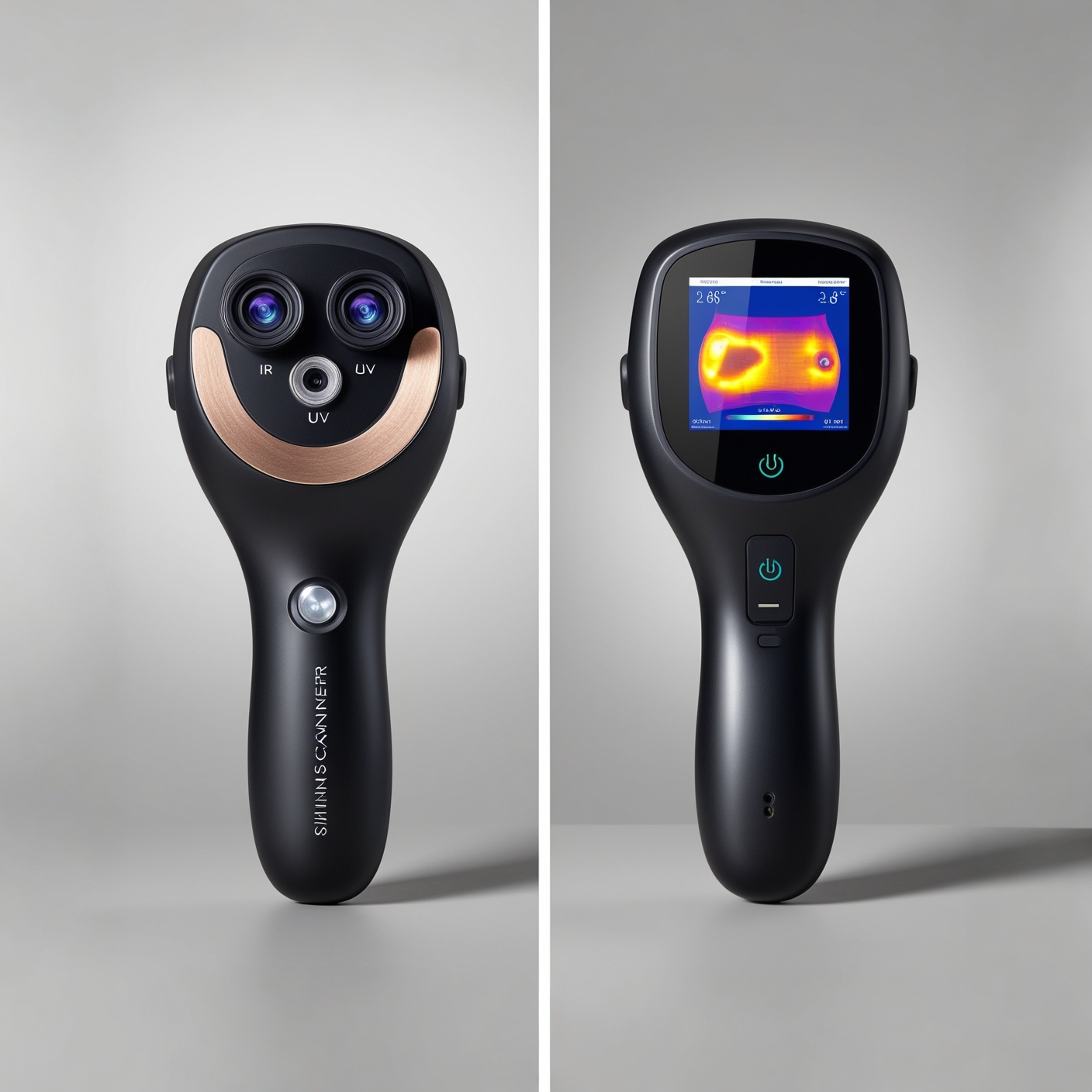

A revolutionary method for the early detection of skin cancer.
Sweden has one of the highest incidences of skin cancer in the world, with a continuously increasing trend. Only Australia and New Zealand have higher figures. Annually, approximately 60,000 cases are diagnosed in Sweden, with 500 fatalities. UV radiation from the sun is the primary risk factor, and despite increased awareness of sun protection, the number of cases continues to rise.
Detects infrared radiation from the skin, providing a detailed image of the skin's temperature distribution. Measures temperature differences with high precision to detect anomalies.
Displays the skin's reaction to ultraviolet light, revealing hidden changes not visible to the naked eye. Particularly effective in identifying early skin changes.
Provides a standard visual image of the skin's surface, complementing the information from IR and UV cameras. Used for documentation and long-term follow-up.
Advanced artificial intelligence algorithms analyze images and data to assist in diagnosis.
Secure storage and access to patient data and examination results.
Connected to healthcare providers worldwide for comprehensive care.
Based on established and recognized research:
Description:
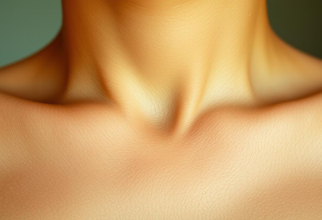
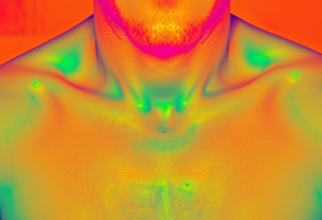
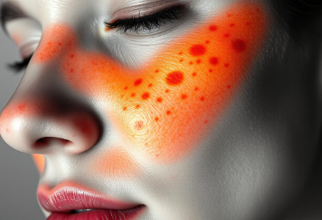
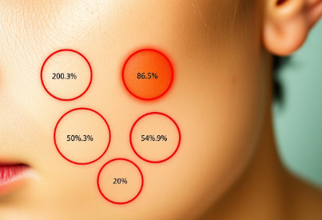
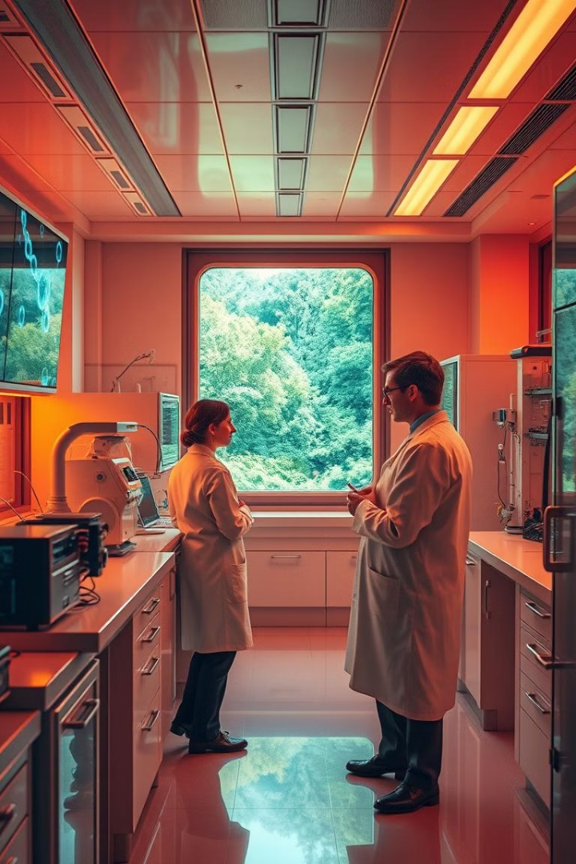
HT-HUD can be further developed to include new features and improve diagnostic precision.
The system has the potential to revolutionize skin cancer diagnostics and improve patient outcomes.
AI integration will improve over time by learning from new data and experiences.
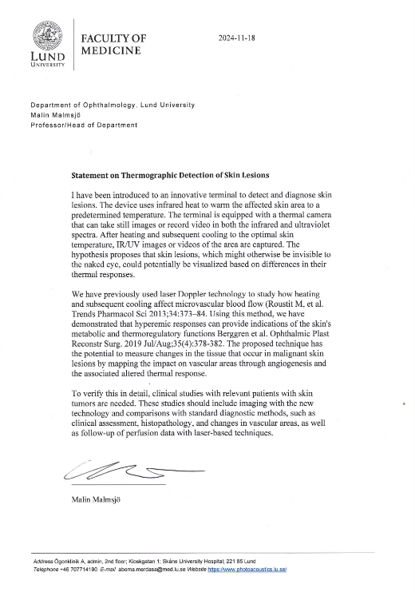
Professor Malin Malmsjö at Lund University, Department of Ophthalmology, has validated the potential of HT-HUD technology for skin cancer diagnostics. In her statement, she confirms the scientific foundation and innovative approach of the method.
Research foundation: The technology is based on previous studies in:
Clinical studies are planned to validate the technology through:
"Lund University - Faculty of Medicine, 2024"

HT-HUD is an innovative medical device with the potential to revolutionize skin cancer diagnostics. The system offers a fast, precise, and non-invasive method for identifying potential skin changes at an early stage. By combining thermal imaging, AI integration, and database connectivity, HT-HUD provides a powerful solution to improve patient care and reduce the risk of skin cancer.